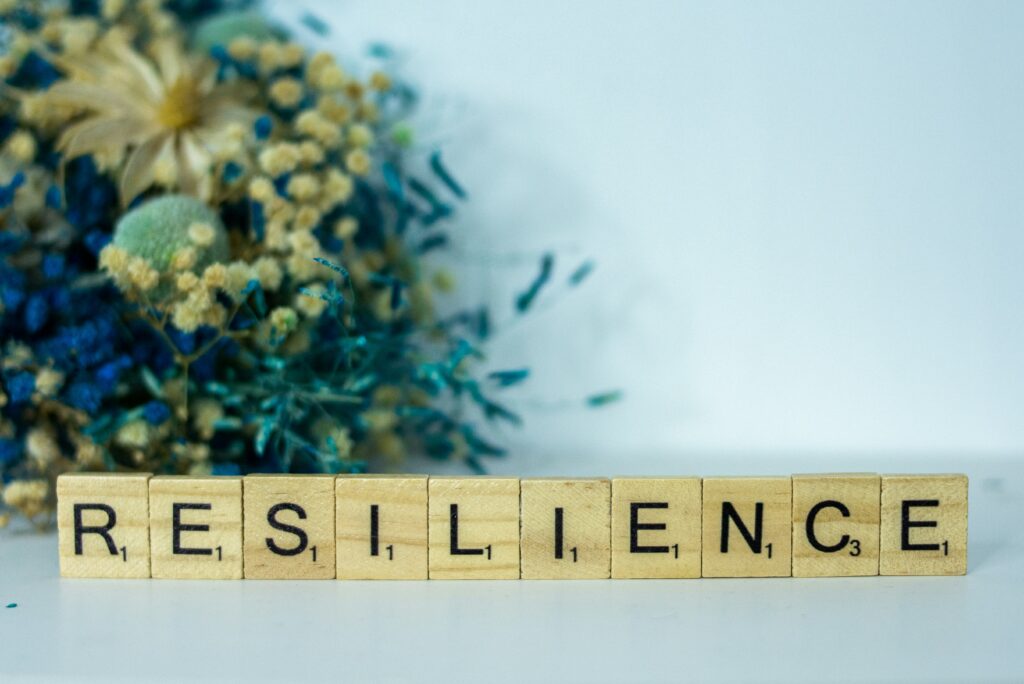Life doesn’t ask if you’re ready. It barrels through with detours, drop-offs, and strange
turns that make your GPS glitch. But sometimes, the moments that knock the wind out of
you are the ones that shove you toward something better. There’s a hidden architecture
beneath struggle — one built from grit, pause, and weird grace. This isn’t about silver
linings or fake positivity; it’s about what emerges when the plans fall apart. And if you let it,
discomfort can be a brutal but brilliant kind of compass.
Embracing Hardship as Lessons

It’s tempting to treat bad days like trash: toss them, forget them, move on. But the most durable kind of wisdom often comes from pain that stuck around longer than it should’ve. There’s a strange clarity in discomfort — a way it strips you down until you notice what really matters. By turning hard times into lessons, you begin to see failure not as a verdict, but as a tool. No, it doesn’t always make sense right away. But in hindsight, the worst week of your life might become the blueprint for your next big move.
How One Path Can Shift Everything
Sometimes, challenge doesn’t just reshape you — it redirects you. For working adults ready
to pivot into meaningful roles such as healthcare, online learning can be the bridge. Balancing
school, life, and work isn’t easy, but that’s where transformation often lives. When you
explore your options, you’re not just picking a degree — you’re testing your capacity to
evolve. This kind of move isn’t about “going back to school.” It’s about designing a future
that wouldn’t have existed without the pressure that cracked the old plan.
Finding Strength Through Adversity

Adversity introduces you to yourself. Not the version with polished answers and quarterly goals, but the raw core — the one that kicks in when everything feels rigged. The people who emerge stronger aren’t born tough; they’ve simply cracked open, then kept walking.
How hardship builds inner strength isn’t a mystery — it’s repetition, choice, and sometimes rage that refuses to flatten into apathy. If you’ve been there, you know: resilience doesn’t show up with fanfare. It whispers, “get up,” when everyone else says, “you’re done.”
Stress That Sparks Growth
Not all stress is poison. Some of it lights fires. A project that stretches you, a responsibility you didn’t think you could handle, a deadline that wakes up your edge — these can be signals of growth, not breakdown. Research shows that beneficial stress sparks growth in ways comfort never will. The trick is knowing the difference between overload and challenge. It’s not about being unshakable — it’s about choosing the kind of pressure that carves out capacity instead of collapse.
Consistency Under Pressure Matters
The people you admire aren’t always the smartest in the room. More often, they’re the ones
who kept showing up when things got gritty. Intelligence helps, but perseverance beats
pure intelligence when the timeline stretches and the finish line moves. Grit is quiet. It
doesn’t trend. But it’s the reason some people ship, lead, heal, or rebuild — even after long
droughts of visible success. If you’ve stayed in the game, even when it sucked, that’s your
edge.
Building Resilience Over Time

Resilience isn’t a switch — it’s a slow layering. It’s every small recovery, every moment you talk yourself out of spiraling, every deep breath before trying again. Over time, these responses stack into something powerful. People with high strength to bounce back weren’t born with shields. They trained through grief, chaos, deadlines, and stretch seasons. And each round of struggle left them with better tools. You may not notice your resilience until everything breaks — but when it does, you’ll be the one holding glue.
Shift Happens Through Reflection
Pushing through is noble, but sometimes you need to pause. After the sprint, after the
collapse, after the mistake — that’s where clarity hides. Reflection is not wallowing. It’s the
reframe that turns raw data into useful direction. Reflection fuels self‑discovery in ways
action can’t touch. If you never slow down, you miss what your own life is trying to tell you.
So write it down, sit with the ache. That’s where shift begins.
Growth Beyond Surviving Trauma
Some experiences are so heavy they alter your wiring. But even then, growth is possible —
not as a reward for pain, but as a refusal to be owned by it. Trauma tries to shrink you. But
thriving after trauma happens when you reclaim your shape on your own terms. It might
take time. It might not look poetic. But rebuilding after loss or pain isn’t just healing — it’s
rebirth.
Growth rarely announces itself. It shows up in the aftermath — in the tension between “I
didn’t think I could” and “I just did.” Every setback has the potential to become a portal. Not
because struggle is noble, but because humans are. And if you’re in the thick of it right now,
remember: sometimes the breakdown is just the draft. The rewrite is coming. And you get
to hold the pen.
Guest post by Brenda Kirby of greenstillmatters.com

